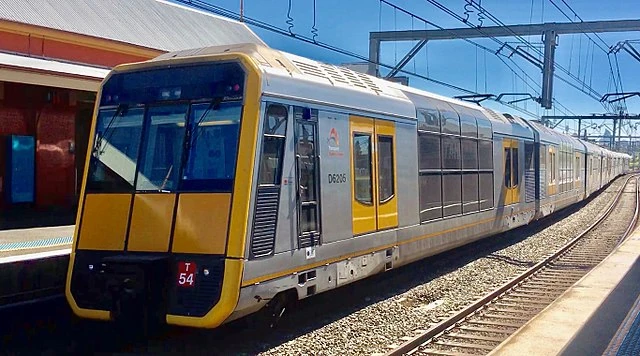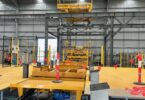Historic end of Bankstown line braces for transformation into new Sydney Metro
Sunday 29 September 2024
It’s the end of an era on the T3 Bankstown line, as the final heavy rail journeys make their way along the tracks and Metro transformation work ramps up, ahead of the closure on Monday 30 September.
Final preparations are underway for stations and tracks to shut between Bankstown and Sydenham, before major construction begins first thing on Monday morning.
Initial work will focus on Bankstown, with the highly complex separation of rail tracks, and installation of platform screen doors, mechanical gap filler and fencing.
The conversion of the line to metro is scheduled for a 12-month delivery program, but involves difficult upgrades to a 130-year-old rail line, meaning it could take longer.
The final T3 Sydney Trains service will roll out of Circular Quay Station at 12:06am on Monday morning, bound for Bankstown. The carriages are expected to be packed with hundreds of train enthusiasts to honour the occasion.
The Bankstown line opened in stages from 1896, while steam trains ruled the rails. 30-class steam locomotives were among those that rolled along the line, with a similar 32-class locomotive returning two weeks ago to make a final heritage run.
The 1920s brought electrification and the start of decades of passenger services on Sydney’s iconic red single deck electric trains.
Famous visitors on the service included Queen Elizabeth II in 1980 for the incorporation of Bankstown as a city. Queen Elizabeth’s journey started at Bankstown and crossed into the newly opened Eastern Suburbs Railway to Martin Place. While these two stations have operated on separate lines for the last four decades, passengers will be able to catch a direct service between them when Metro opens.
With the T3 Bankstown line closing from tomorrow, passengers are reminded to plan their trip and allow extra travel time.
During the conversion period, free pink Southwest Link buses will provide frequent services running from early in the morning until late at night. Travel will take longer, especially in peak hour –doubling journey times in some cases, according to indicative modelling.








